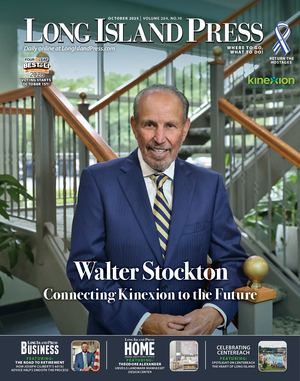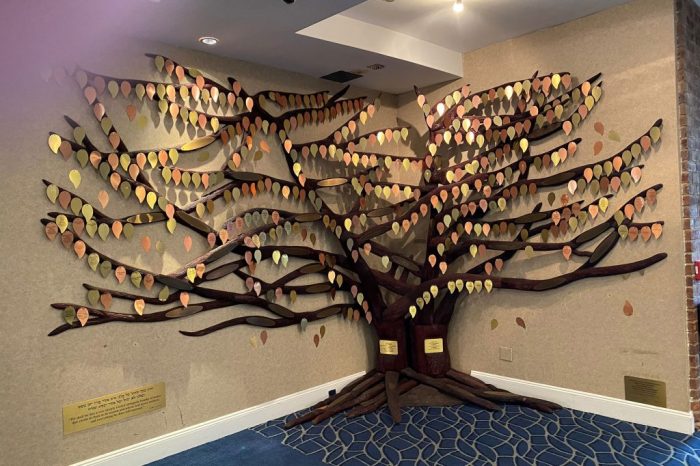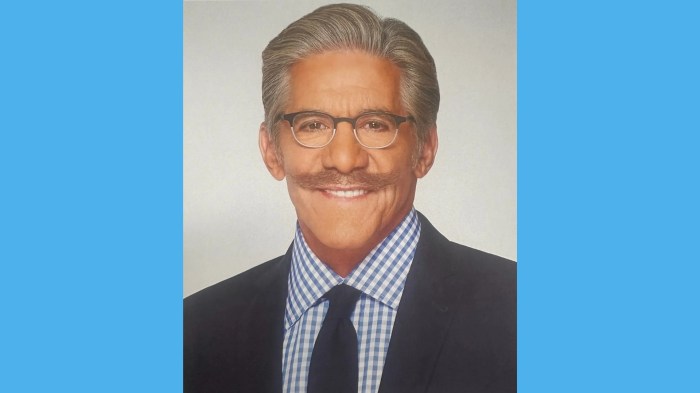During the 15 years I spent running or helping to run Mort Zuckerman’s and Fred Drasner’s publishing properties — The Atlantic, U.S. News & World Report, Fast Company and New York’s Daily News — I hired many saleswomen.
I preferred them over men believing that, for one thing, they were more intuitive and, for another, sales were a first choice for a career, while often a fallback for men. All these years later, I still believe it and smile knowingly whenever another woman is named CEO of a Fortune 500 company. A decade ago, there were 12 of them, today there are 52.
Very recently, I read about a very special woman I had hired umpteen years ago as a territory salesperson in Brooklyn for The News. Her name is Linda Brancato and she had risen there to senior vice president of advertising and later joined U.S. News as vice president of advertising.
I contacted her almost immediately and the more we talked, the more excited I got about doing a column about her and her successful life in sales.
Just prior to making the call, I remembered our last conversation that had taken place shortly before I left The News in May, 2006. Linda had been adopted as a newborn by a Long Island couple who, clearly, had done an excellent job raising her. Now married with a daughter of her own and with the support of her husband, she set out to find and meet her birth mother. Not long after, having overcome many obstacles, she succeeded and gleefully shared the news with others, including me. I had been in awe of her determination, an excellent quality for a rising young sales talent.
I had remembered her telling me her birth name was Heidi, so when she answered my call I asked, “Is this Linda or Heidi?” She laughed and said, “It’s Linda and my birth mother and I keep in touch regularly. What’s more, she’s been to my house and I’ve been to hers.”
She then quickly turned the tables and took control of the conversation — a sales strategy I love — by asking whether I remembered the woman who took over as a group leader responsible for marketing and advertising at a large electronics retailer. I had no clue, so Linda went on to remind me that the group leader was threatening to cut its advertising schedule with us as the result of severe cost-cutting measures she was tasked with implementing and we, in turn, were talking about raising her rates.
“At this point, Ira, you stepped in and suggested that we seize the moment and, instead of penalizing her, we should offer a show of support and friendship,” Linda said. “That stuck with me and reinforced my belief that we should always try to exceed the efforts we promise to make on behalf of our prospects and customers. And it’s a mantra I’ve preached repeatedly to members of my staffs throughout my career.”
As for the new group leader, Linda added, “She responded positively to our initiative, so much so that she shortly thereafter agreed to speak at one of our annual sales meetings.” She and Linda still keep in touch to this day.
Linda had additional things to say on the subject of exceeding expectations, pointing out that it takes more than a single positive act to display how much you value a customer’s business before a true partnership can be established.
“I’m thinking of a university that one of our salespeople and I worked closely with for a long time at The Daily News. From the beginning, we paid close attention to their needs, recommending pointed solutions and then over-delivering on what we promised. Specifically, we gave them additional exposure in a special section, offering them a sponsorship opportunity that had become available late in the selling process.”
Now on something of a roll, Linda continued by saying, “Our relationship began by getting to know their team personally, remembering birthdays, acknowledging babies born and milestones achieved at the university. Over the years,” she said, “we became this client’s biggest media partner, where they came to us first for every important need to see if we had a solution.”
What she said next proved two things: Nobody’s perfect and problems can be opportunities. Linda takes it from there.
“On one occasion, we made an error in the execution of their campaign that caused a few frustrations and issues on their end,” she said. “We met with their team, heard them out, acknowledged the error, apologized and promised to watch things more closely in the future. On top of that, we offered more value-added to help make up for the trouble and prove anew how much we valued their business.”
The conversation with Linda reminded me of one of my favorite selling theories: Our job as salespeople is to be a solution in search of a problem.
Linda Brancato learned it well.
Sellenthal is a monthly column by Ira Ellenthal, author of The Last Book About Selling That You’ll Ever Need (Amazon, $21.95)



































